Kayaking has become a popular sport and recreational activity in recent years. One important component of any kayaking setup is the skeg, which is attached to the stern (back) of the boat.
Our today’s blog is all about, what is a skeg on a kayak and why it is important for your kayaking experience. We also guide you on how to use or add a skeg correctly to your kayak. So, let’s jump right in.
Contents
Contents
What Is A Skeg On A Kayak?
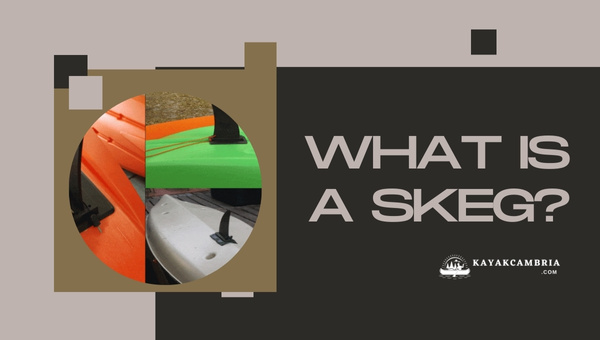
A skeg is a small blade located on the bottom stern section of a kayak’s hull. It is designed to provide tracking assistance in strong winds or rough waters. The skeg is most often shaped like a fin. It is generally fixed in place but can be designed to be raised into the hull when not needed.
What Are The Pros and Cons Of A Skeg?
As with most things, there are pros and cons to using a skeg. We will discuss the pros and cons in detail below:
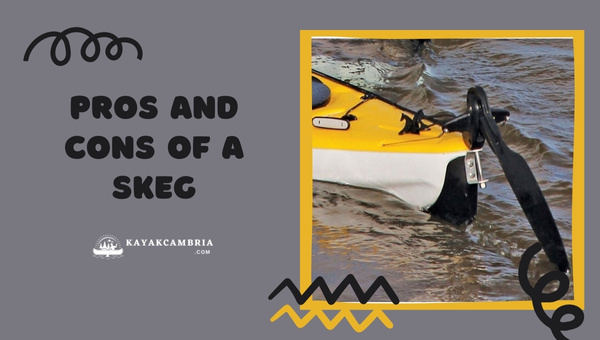
Pros Of Skeg On A Kayak:
- It is lightweight and easy to install.
- It has few connection points and moving parts, thus providing less chance of water transfer through bulkheads.
- The skeg helps improve the tracking of wind, current, and waves.
- It can fold into the skeg box if something strikes it when paddling forwards or backward.
- It is a more affordable option compared to rudders.
- The skeg can be stowed away when not in use, which means it won’t catch the wind while paddling.
- There is little chance of the skeg being broken by another kayak.
- It is easy to adjust the depth of the skeg as needed.
Cons Of Skeg On A Kayak:
- It adds additional weight to the stern of the kayak, which can affect its performance.
- There is less space in the stern storage compartment because of it.
- The skeg box may cause drag on the hull.
- If the kayak strikes an object sideways, the skeg may be susceptible to damage.
- The skeg cannot be used to steer the boat when there is no wind.
Why We Need A Skeg On A Kayak?
Skegs are more commonly found on touring kayaks, which are purpose-built for longer distances and are often used in open water. The skeg helps the kayaker stay on track and conserve energy by reducing the amount of effort required to keep the kayak going in a straight line. It also increases stability which is especially important in windy conditions.

If you’re going on a long-distance trip, or plan to be paddling in windy waters, adding a skeg is an excellent idea but if you’re just using your kayak for casual recreational paddling, you may not always need one. Using skeg when navigating shallow or rocky waters can be risky as it could get damaged and make them unsuitable for creek or whitewater paddling.
How to Use A Skeg On A Kayak?
Once installed, the skeg can be used in a few different ways. The most common way is to deploy it when needed and then retract it afterward. This is done by using a slider found alongside the cockpit of your kayak that moves up and down. The deeper you set the skeg, the more your kayak will want to weathercock (turn into the wind).
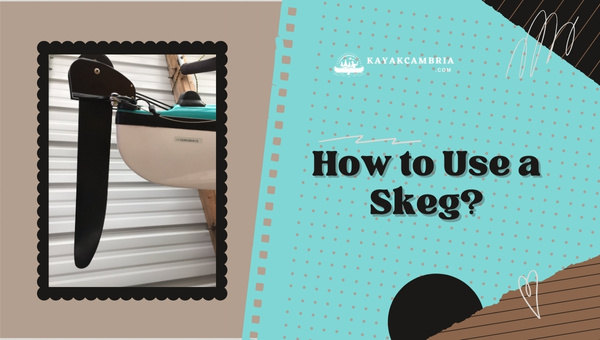
It is important to note that the skeg moves up and down, not side-to-side. Skegs are usually stored in a box on the outside of the kayak or can be fixed in place as they are part of the hull.
How Deep Should The Skeg Be?
The depth of the skeg should be set at varying depths into the water depending on how much your kayak is weathercocking in winding conditions. A good way to remember the skeg depth positions is by imagining a clock, with the minute hand being your kayak. The bow of the kayak should always face away from the center and the wind blowing from the 12 to 6 o’clock position.
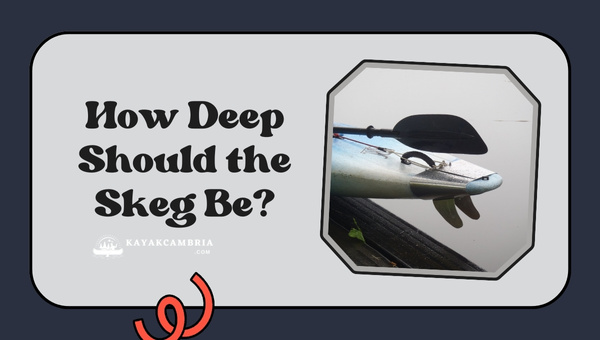
The deeper you set the skeg, the more it will weathercock into the wind. A good rule of thumb is to keep the skeg at a shallow depth in light winds and gradually increase its depth as the winds get stronger.
Below are the skeg positions to follow:
- 1 o’clock position – Skeg 1/4 way down
- 3 o’clock position – Skeg 1/2 way down
- 5 o’clock position – Skeg 3/4 way down
- 6 o’clock position – Skeg fully down
It is important to remember that the depth of the skeg can be adjusted as needed to accommodate changing conditions on the water.
Is Skeg Different From A Rudder?
Now that we’ve discussed what a skeg is, it’s important to understand the difference between a rudder and a skeg. Both are useful when paddling in open water, but they serve very different purposes. A rudder mounts externally to the stern and is operated from the cockpit, either by hand or foot controls.

The only difference is that a rudder has the ability to move from side to side and can also move up or down. On the other hand, a skeg cannot move from side to side and must be pulled up to the hull when not in use. If you have a fixed skeg it won’t be able to move at all.
How To Add A Skeg To A Kayak?
The process of installing a skeg to your kayak is relatively simple, but it’s important to pay attention to the details. The following are the steps you’ll need to take:
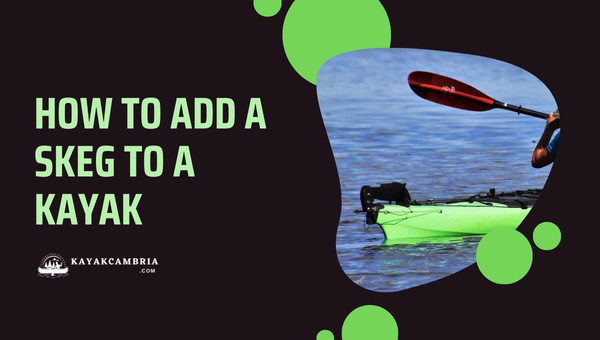
- The first step is to locate the best place on the keel for it, which should be in the center of your keel at the stern.
- Once you’ve located the correct spot, sand the area where you mount the skeg by sanding it with sandpaper. Sanding allows attaching better for the adhesive.
- After sanding, use a cloth to rub the area so that all dust is eliminated.
- Apply marine glue to attach the mounting base for the skeg onto the hull. Make sure you apply pressure on it until the adhesive dries up securely.
- Attach the fin to the base if it’s separate from your skeg.
- For added security, you can drill a small hole in the back of your skeg that will allow you to attach a paddle leash or other secure device.
After completing the steps above, your skeg will be ready to use. You may need to adjust the skeg as needed to accommodate different conditions on the water. Be sure to pay attention to all details and keep your kayak secure at all times. With a well-installed skeg, you’ll be able to enjoy open waters more confidently and with ease.
Frequently Asked Questions
1. Do you need a skeg on a kayak?
A skeg is not a necessary item for kayakers, but it can be very helpful in open-water situations. It helps you stay on course and prevents your kayak from drifting off due to wind or current.
2. What is the best position for a skeg?
The best place to mount a skeg is in the center of your keel at the stern. This allows for optimal tracking and performance in wind, current, and waves.
3. Does a skeg make a kayak more stable?
Yes, a skeg helps to stabilize your kayak in open water by helping it stay on course and not drift away. It also makes paddling easier as the boat won’t be constantly turning due to wind or current.
4. Is a rudder better than a skeg?
It depends on what type of kayaking you will be doing. A rudder is more useful in open water while a skeg is better for flatwater paddling. Both can help to improve your control and stability on the water, so it ultimately comes down to personal preference.
Final Words
The skeg is a great tool to have on your kayak, as it helps improve tracking in wind, current, and waves. It also adds stability to the kayak and can be stowed away when not in use. Be sure to take your time with the installation process and pay attention to all details for a successful installment. We hope our article “what is a skeg on a kayak “, has helped you understand the different elements of a skeg. Happy Paddling!

